Have you ever wanted to grow sugar snap peas in containers but didn’t know how? If so, you are in luck, as we’ve decided to break the process down into seven simple steps that you can follow with ease. Read on to learn everything you need to know about growing sugar snap peas in a garden container.
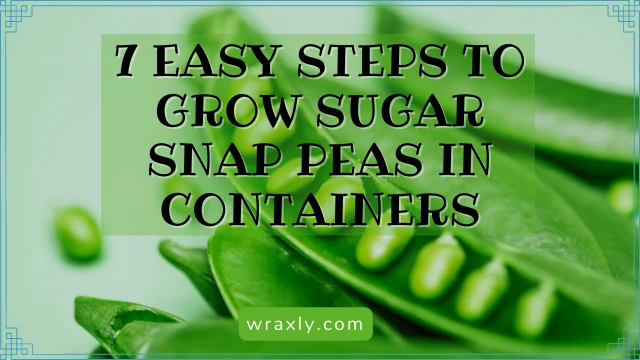
- Use the Right Kind of Garden Container
- Fill Your Container with Healthy Soil
- Plant Your Sugar Snap Peas
- Set Up a Support Structure When Growing Sugar Snap Peas in Containers
- Place Your Container in Full or Partial Sun Exposure
- Know How to Care for Your Sugar Snap Peas
- Harvest Your Sugar Snap Peas at the Right Time
- FAQs on Growing Sugar Snap Peas in Containers
- Final Thoughts on Growing Sugar Snap Peas in Containers
Use the Right Kind of Garden Container
Growing sugar snap peas in a container starts with choosing the container itself. Despite what you might expect, not all garden containers are equally capable of supporting your sugar snap pea plants.
Sugar snap peas often require plenty of soil moisture and enjoy good drainage. As such, the container you choose should have a reliable means by which it can release excess water. Pots with drainage holes should work for this task, but containers that consist of permeable materials, including fabric grow bags, are far more efficient at ensuring proper drainage.
The container you select should also be wide enough to give your sugar snap pea plants plenty of room to spread their roots. In most cases, you should aim to use a container that is at least a foot wide or larger.
Fill Your Container with Healthy Soil
After finding a container that meets the requirements we mentioned in the previous section, it’s time to fill that container with healthy soil. Again, your sugar snap peas will have a specific preference regarding the quality of the soil in which it grows.
The best soil for sugar snap peas is high in organic matter, can hold some moisture while also having excellent drainage qualities, and has a nearly neutral pH. Typically, you should avoid any clay soils for snap peas as they are more likely to become waterlogged, which your plant will not enjoy.
Sugar snap pea plants tend to perform best in loamy soils, which usually have plenty of nutrients and the ideal soil structure to hold moisture while allowing for drainage. Adding compost or manure is also a wise decision that will help improve the soil characteristics before you plant your sugar snap pea plants.
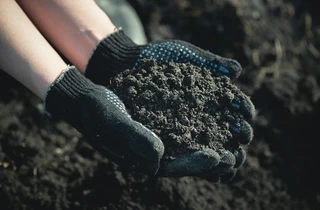
Plant Your Sugar Snap Peas
Now that you have an excellent garden container full of nutrient-rich, well-draining soil, you’re ready to plant your sugar snap peas. To help you through this step, we’ll assume that you are starting with sugar snap pea seeds.
Before you get your seeds in the soil, you must ensure that conditions are right for snap pea growth. These plants require the temperature to be above 45 degrees Fahrenheit to grow.
If you live in a colder region and wish to grow your sugar snap peas outdoors, this means you’ll need to wait until after the last seasonal frost before you plant. If you grow your sugar snap peas indoors or live in a region that remains above 45 degrees year-round, you’ll have more flexibility regarding your planting time.
When the temperature is consistently above 45 degrees, you can plant each of your sugar snap peas in your container at a depth of about one inch. If you grow multiple sugar snap pea plants, you should plant each seed so that it has about two inches or more of space in all directions.
Set Up a Support Structure When Growing Sugar Snap Peas in Containers
Since most sugar snap pea plant grows in the form of a climbing vine, you’ll need to add some form of support for them in your container. There are many types of support structures you can use for this purpose, including trellises, tomato cages, and any other physical item that will allow your sugar snap pea plants to grow a few feet.
You should anticipate the need for a support structure when you plant your sugar snap pea seeds. Be sure to leave space for the structure rather than filling the entire soil area with seeds. Often, gardeners choose to plant their seeds in a circle shape nearer to the edge of the container rather than the center. This approach leaves plenty of space for your support structure to sit in the middle of the container where any of your sugar snap peas can use it to climb.
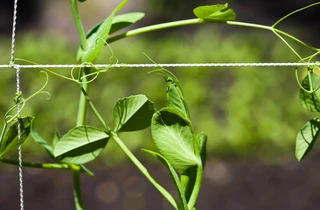
Place Your Container in Full or Partial Sun Exposure
As you would guess, sunlight is essential to the growth of your sugar snap peas. In most regions, a sugar snap pea plant will do best with full sun exposure. This means your container should sit in a location where it receives direct sunlight for at least six hours per day.
Alternatively, if you live in a hot climate, it may be better to give your sugar snap peas less sunlight. In those settings, about four to six hours of direct light will suffice. Often, it is better for this sun exposure to occur in the morning, before the hottest part of the day, during which the strong sun can harm your sugar snap pea plants.
Know How to Care for Your Sugar Snap Peas
Now that you have successfully set up a suitable growing environment and planted your sugar snap pea seeds, all that stands between you and a sugar snap pea harvest is maintenance. As is true for any plant, you’ll want to ensure that you give your sugar snap peas the right amounts of water and fertilizer to support their growth. The next subsections will tell you how to do just that.
Recommended Sugar Snap Pea Seeds for Planting
| Image | Title | Prime | Buy |
|---|---|---|---|
 | Burpee Sugar Snap Pea Seeds 300 seeds | PrimeEligible | Check My Price on Amazon |
Top | Purely Organic Products Purely Organic Heirloom Snap Pea Seeds (Sugar Daddy) - Approx 90 Seeds | PrimeEligible | Check My Price on Amazon |
 | Sugar Snap Pea Seeds for Planting Vegetables and Fruits.Non GMO Heirloom Seeds Vegetable Seeds for Planting Home Garden or Aerogarden Pods-15g, Approx. 65 Garden Seeds Sugar Snap Pea Plant Seeds. USA | PrimeEligible | Check My Price on Amazon |
 | Sow Right Seeds - Sugar Snap Pea Seed for Planting - Non-GMO Heirloom Packet with Instructions to Plant a Home Vegetable Garden | PrimeEligible | Check My Price on Amazon |
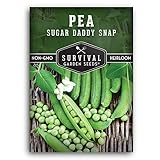 | Survival Garden Seeds - Sugar Daddy Snap Pea Seed for Planting - Packet with Instructions to Plant and Grow in Delicious Pea Pods Your Home Vegetable Garden - Non-GMO Heirloom Variety | PrimeEligible | Check My Price on Amazon |
How to Water Sugar Snap Peas
Your sugar snap peas will need the most amount of water just after you plant the seeds. There is no specific amount of water you should supply during the seedling phase. Instead, you’ll need to monitor the soil in which your seeds grow and make sure that it always remains moist.
After your seeds have sprouted and begun growing above the soil, you can reduce the amount of water you give, but the water needs for this plant will remain relatively high. Typically, you should give your sugar snap peas water about once per week. This frequency should amount to about one to two inches of water per week.
When watering, you should soak the soil deeply to ensure that the moisture reaches all the roots that live below the soil’s surface. If you were careful in choosing soil and a container with great drainage, you won’t need to worry about waterlogging the soil when you perform these deep waterings.
How to Fertilize Sugar Snap Peas
The fertilization needs of the sugar snap pea plant are not necessarily high, but that does not mean you should skip feedings altogether. Instead, you should add some fertilizer to your container just before you plant your seeds. This preemptive fertilization will get your plant off to the right start as soon as the seeds germinate.
After that initial fertilization, you can reapply the fertilizer when the plant has begun flowering. Flowering signals the beginning of the plant’s reproductive process, which eventually leads to the sugar snap peas you are looking for. During this process, the plant will use more energy than usual to produce flowers and fruits, which is why some additional fertilization will help.
Overall, sugar snap peas are not too picky about what kind of fertilizer they receive. Often, you can get by with a general-purpose fertilizer that contains equal amounts of nitrogen, phosphorus, and potassium.
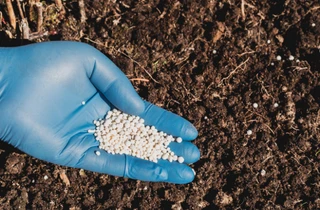
Harvest Your Sugar Snap Peas at the Right Time
When you follow the proper planting and care instructions for a sugar snap pea, you can expect to receive an ample harvest from your plant. In many instances, it will take about seven or eight weeks for your sugar snap peas to develop into a harvestable stage from a seed. However, this timing can vary based on growing conditions and how well you care for your plants.
But rather than marking the days on your calendar, it is often more reliable to observe your snap peas to determine whether they are ready for picking. A sugar snap pea pod that is ready to harvest will have a green color and be somewhat soft to the touch. You should also notice that the peas within the pod have become somewhat enlarged and noticeable.
Often, the key to harvesting sugar snap peas is to avoid picking them too late. Sugar snap pea pods that sit on the vine too long will lose their pure green color and become hard.
Sugar snap peas also tend to have a clear end to their harvest period. Rather than producing for the entire growing season, these plants stop producing pods when the weather gets too hot. Usually, this takes place when the temperatures remain above 80 degrees Fahrenheit for a prolonged period.
FURTHER READING
- How to Grow Lima Beans
- Top 10 Vegetables to Grow in Containers
- Choosing the Right Plants for Container Gardening
- 20 Best Winter Vegetables to Grow in Pots
FAQs on Growing Sugar Snap Peas in Containers
The best time to plant sugar snap peas is in the spring, after the last frost. Sugar snap peas love cooler temperatures so the ideal ground temperature is 45 °F (7 °C).
Yes, sugar snap peas are climbers so you should provide some type of support in the form of a trellis, tomato cage, string, or any other physical item that will allow your sugar snap pea plants to grab onto and climb.
You can plant 4-6 sugar snap pea plants per 12” (30 cm) pot. If you’re using a larger container, you can plant more plants.
Go with one that is at least 12 inches in diameter or larger.
Final Thoughts on Growing Sugar Snap Peas in Containers
As you now know, growing sugar snap peas in containers is not difficult to do at all. In fact, as our article shows, you can break the entire process down into seven steps that are not difficult to remember and even easier to follow. While there are other factors that will impact sugar snap pea growth, knowing those essential steps is often enough to get your pea plants producing the way you want them to.

John Haryasz is a freelance writer and landscape designer. In the field of landscape architecture, he has contributed to many successful design projects throughout the country. As a writer, John specializes in creating captivating and informative web content. Through that work, he aims to share his design knowledge and promote engagement with the outdoor world.
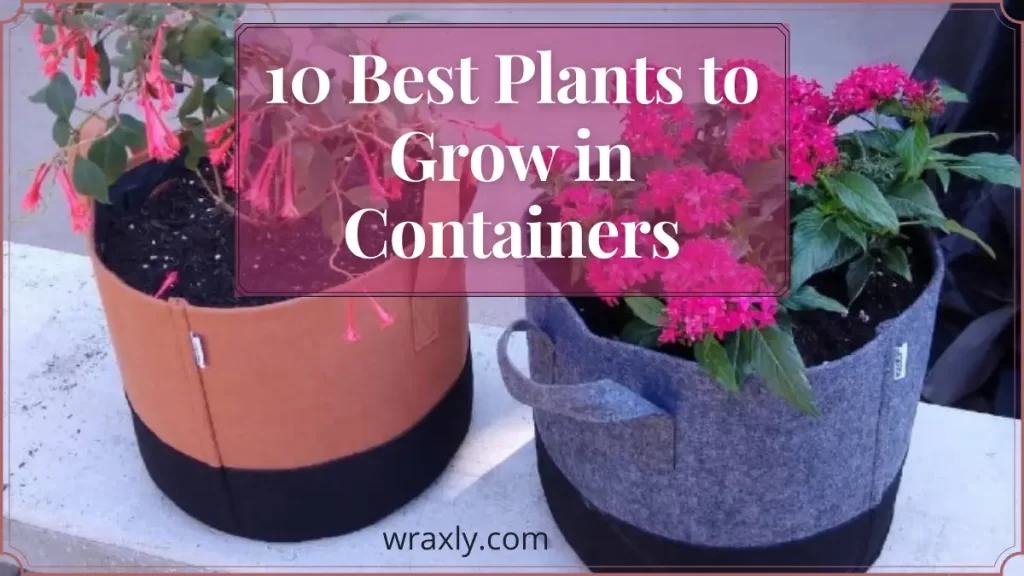
![How to Water Indoor Plants [Plant Care 101]](https://wraxly.com/wp-content/uploads/2021/03/How-to-Water-Indoor-Plants-Plant-Care-101-1200-1024x576.webp)
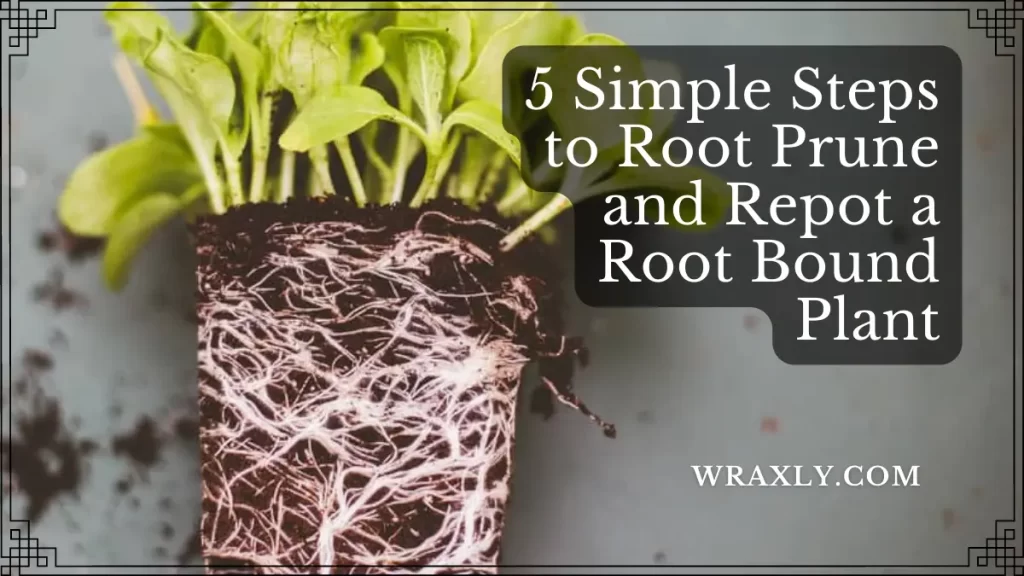
![Growing Plants from Cuttings [A Simple Guide]](https://wraxly.com/wp-content/uploads/2021/03/Growing-Plants-from-Cuttings-A-Simple-Guide-1200-1024x576.webp)